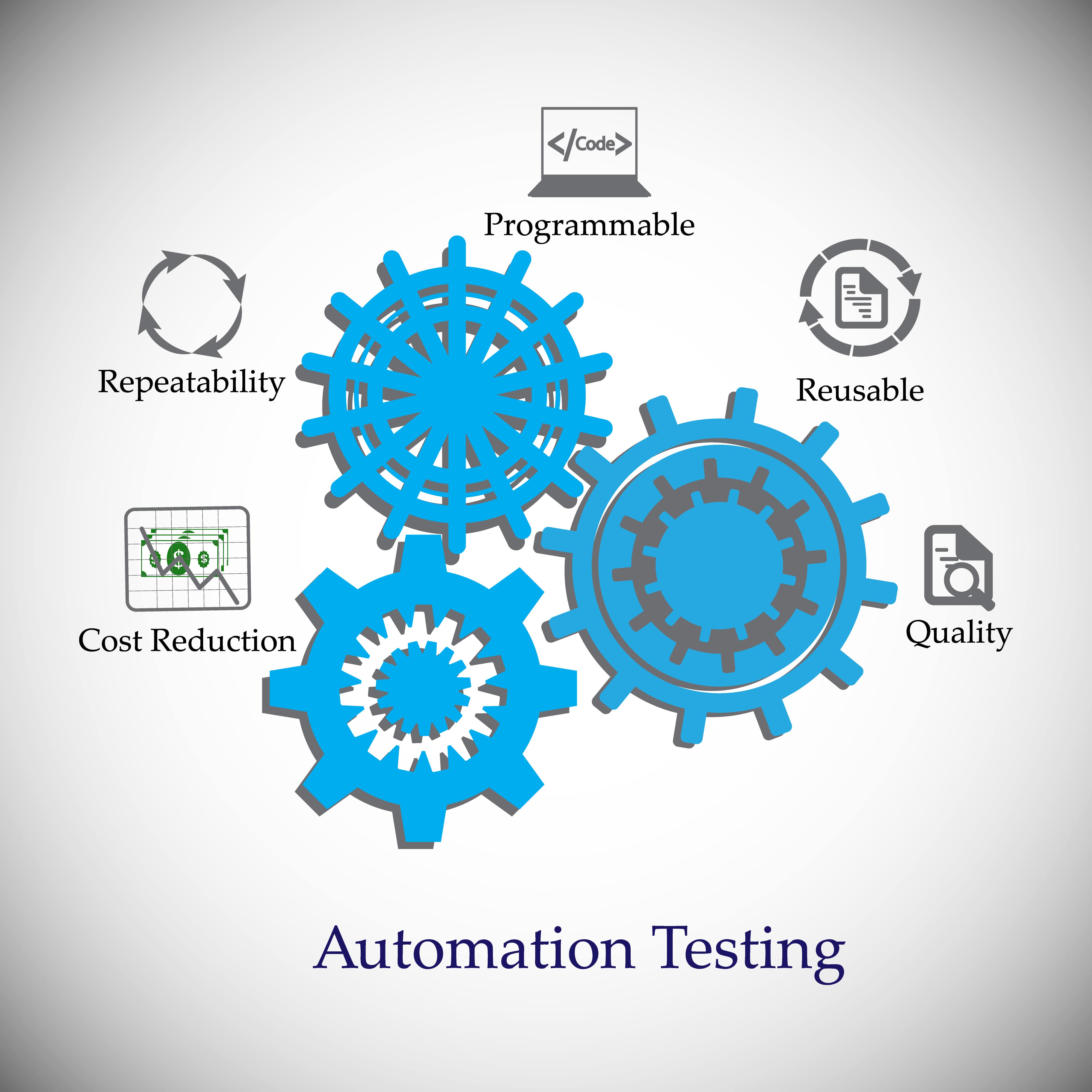From Guidebook to Automated Screening: A Comprehensive Overview to Transitioning Efficiently and Properly
In the world of software program screening, the change from handbook to automated processes has come to be a significantly crucial shift for organizations looking for to improve effectiveness and accuracy in their screening methods. The journey from guidebook to automated testing is not without its challenges, yet when come close to purposefully and with a clear strategy in mind, the advantages can be significant.
Benefits of Automated Evaluating
Automated testing provides various benefits, boosting performance and precision in software development processes. Automated tests can be run concurrently on numerous tools and running systems, significantly speeding up the testing phase compared to hands-on screening.
Moreover, automated testing guarantees a higher level of accuracy in identifying defects. Since automated tests comply with predefined manuscripts, human mistake is lessened, bring about even more reliable examination outcomes. Uniformity in screening is likewise enhanced, as automated tests execute the same actions specifically each time they are run. This uniformity is vital in making sure that all performances of the software are thoroughly examined, lowering the chance of unnoticed insects slipping through to manufacturing.
Choosing the Right Devices

To start with, analyze your needs and purposes. Comprehend the range of your job, the technologies involved, and the ability of your group. This evaluation will certainly assist you identify the capabilities and features you call for in your screening tools.
Secondly, consider the compatibility of the devices with your existing procedures and systems. Smooth assimilation with your current software program growth lifecycle is essential to ensure a smooth change to automation.
In addition, examine the scalability and versatility of the tools. As your testing needs evolve, the tools ought to be able to adapt and fit modifications successfully.
Last but not least, factor in the support and area around the devices. Robust assistance and an active customer community can supply important resources and aid when carrying out automated testing. By meticulously taking into consideration these aspects, you can choose the right devices that align with your needs and set the stage for an effective transition to automated screening.
Writing Efficient Examination Scripts

When crafting test scripts, it is necessary to take into consideration the particular needs of the software application being examined and guarantee that the manuscripts deal with all essential performances. Clear and detailed calling conventions for examination scripts and examination instances can improve readability and maintainability. In addition, incorporating error handling devices within the test manuscripts can aid in identifying and attending to issues without delay.
Additionally, arranging test manuscripts into modular parts can improve reusability and scalability, lowering check that redundancy and enhancing effectiveness in examination script upkeep. Normal reviews and updates to check manuscripts are vital to equal advancing software demands and functionalities. By complying with these concepts, testers can develop reliable and robust test manuscripts that add substantially to the success of automated screening procedures.
Integrating Automation Into Workflows
Reliable integration of automation tools into existing process simplifies procedures and enhances productivity within software application growth cycles. more When including automation right into workflows, it is important to recognize recurring tasks that can be automated to save time and minimize human mistake. By flawlessly incorporating automated screening tools like Selenium or Appium into the software application advancement lifecycle, groups can attain faster feedback on code changes, resulting in quicker insect detection and resolution. This integration enables continuous testing throughout the development procedure, making certain that any kind of concerns are determined beforehand, causing greater software application quality. Additionally, automation can be used to trigger examinations instantly after each code dedicate, offering immediate recognition and maximizing testers to concentrate on more complex circumstances. Appropriate combination of automation tools calls for cooperation in between advancement, testing, and procedures groups to establish a unified workflow that maximizes effectiveness and effectiveness in supplying high-grade software program items.
Guaranteeing a Smooth Shift
Efficiently transitioning to automated testing includes careful preparation and careful execution to make the most of and reduce interruptions performance in the software program development process - automation testing. To guarantee a smooth shift, it is important to start by conducting a complete analysis of the existing screening procedures and identifying areas where automation can bring the most significant benefits. Involving with all stakeholders early on while doing so, including developers, testers, and job supervisors, is vital for amassing assistance and buy-in for the automation effort
Interaction is key throughout this change stage. Clear interaction of the objectives, advantages, and expectations of automated screening assists to handle any resistance or concerns that may arise. In addition, giving ample training and sources for staff member to upskill in automation devices and methods is crucial visit this website for guaranteeing a successful change.

Verdict
In conclusion, transitioning from manual to automated testing provides various benefits, including boosted effectiveness and integrity. By picking the ideal devices, creating reliable examination manuscripts, and integrating automation seamlessly into workflows, companies can ensure a smooth and successful change. It is essential to welcome automation as a valuable asset in software program screening procedures to enhance general high quality and efficiency.
In the realm of software screening, the change from handbook to automated procedures has ended up being an increasingly vital transition for companies looking for to improve efficiency and accuracy in their screening techniques. Automated tests can be run at the same time on multiple devices and running systems, substantially speeding up the screening phase contrasted to hand-operated testing. Uniformity in screening is likewise improved, as automated examinations carry out the exact same actions exactly each time they are run.To guarantee the successful execution of selected screening tools, the creation of reliable examination scripts plays an essential function in validating the capability and performance of automated processes - automation testing. By adhering to these principles, testers can develop robust and effective test manuscripts that contribute considerably to the success of automated screening procedures